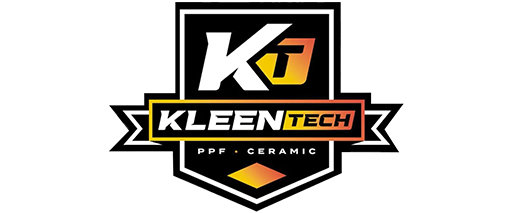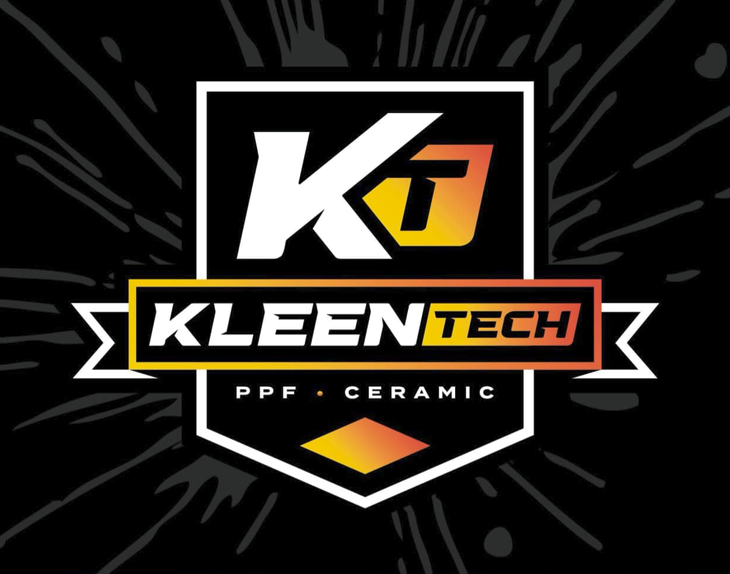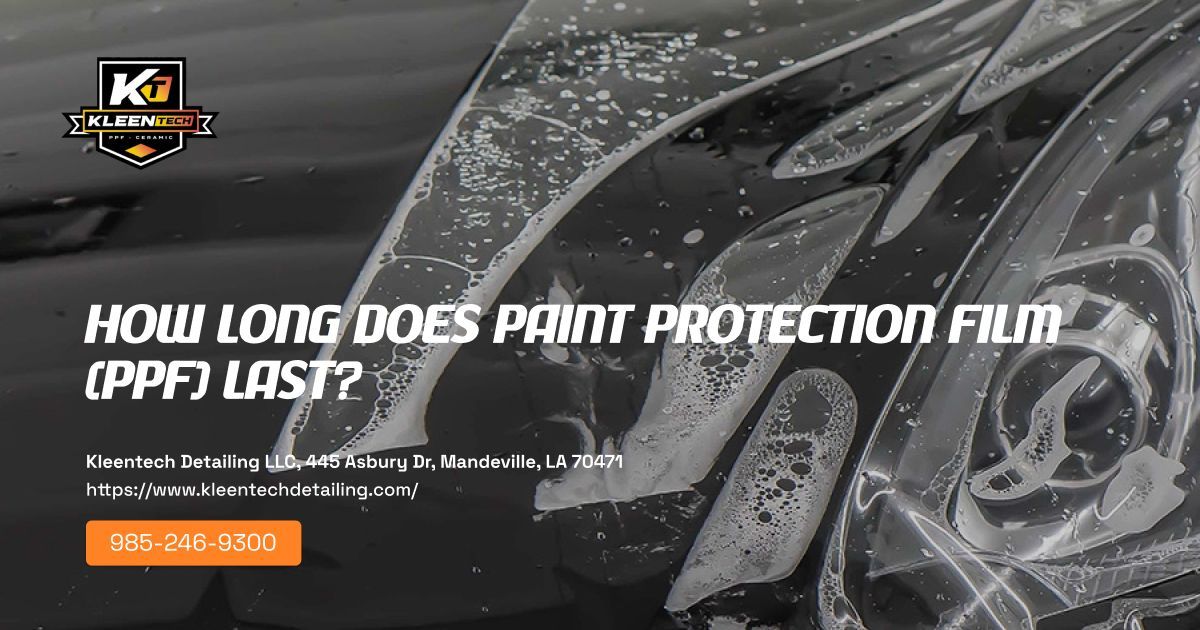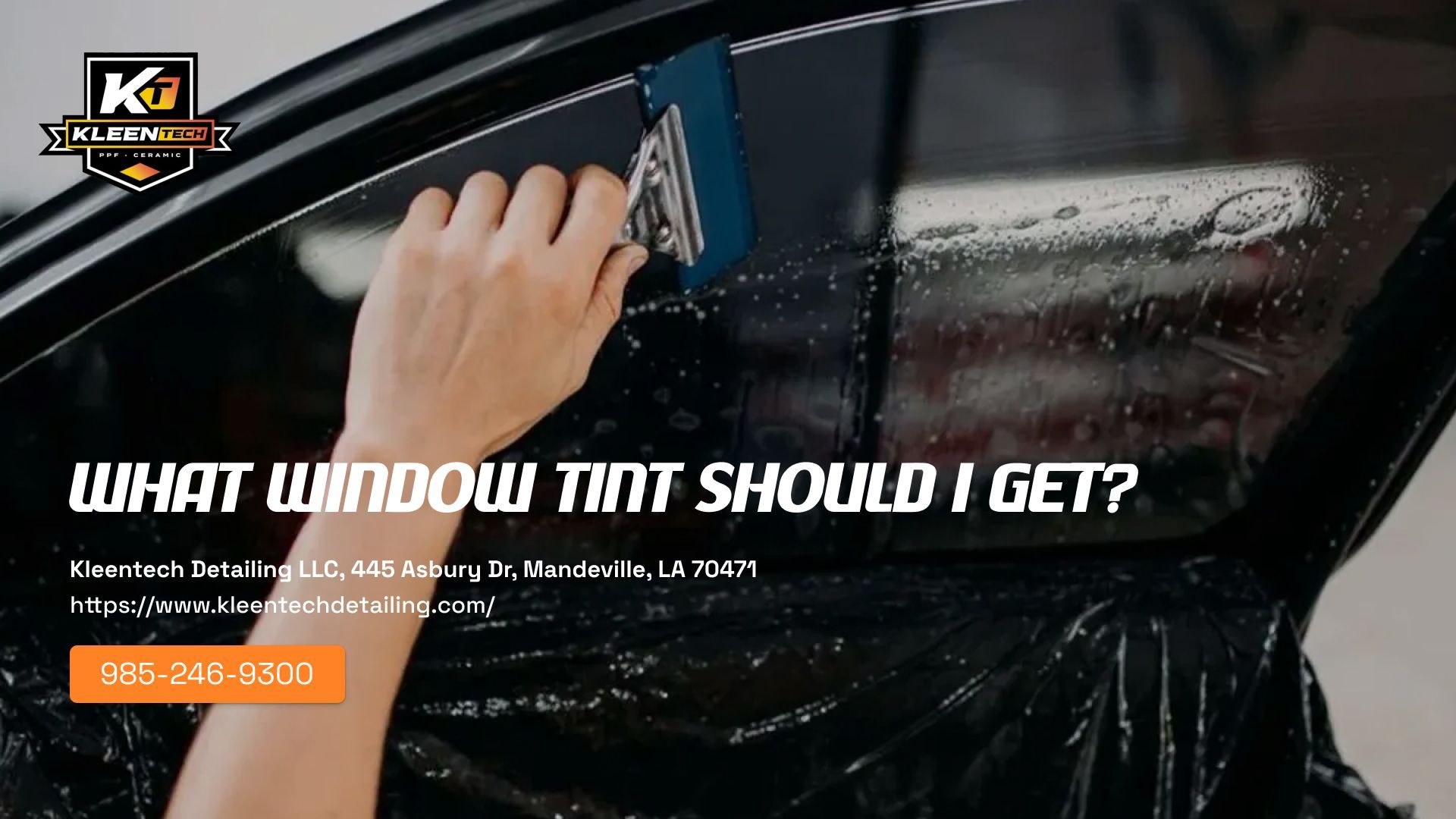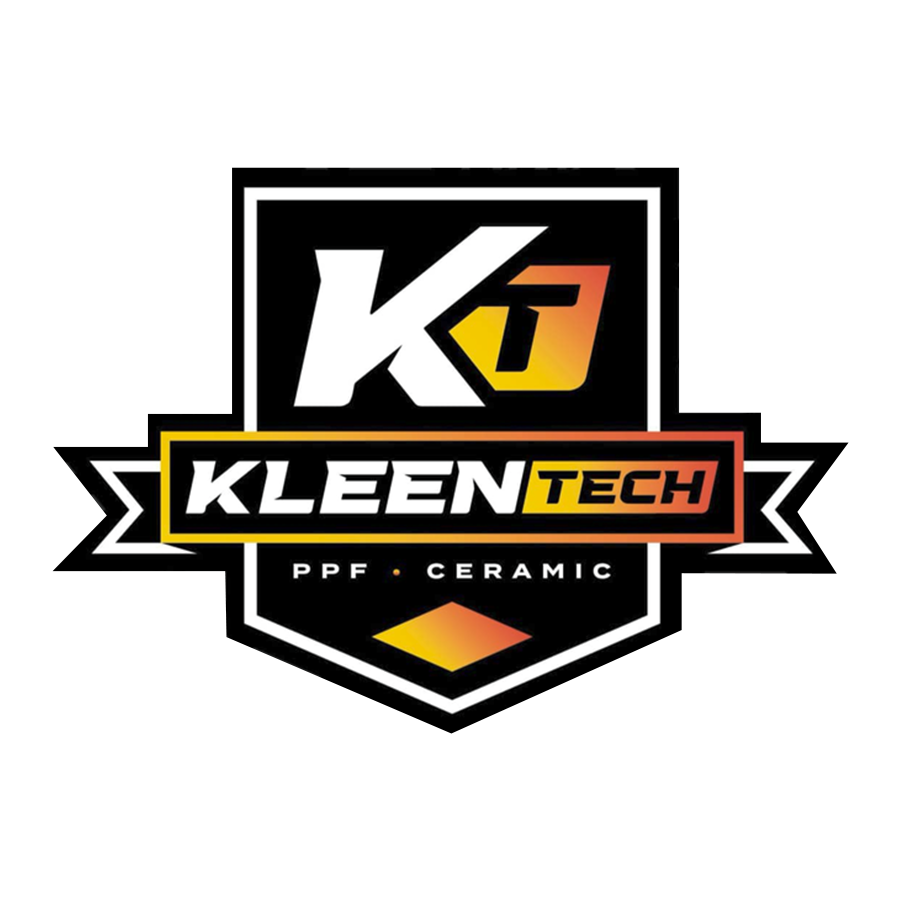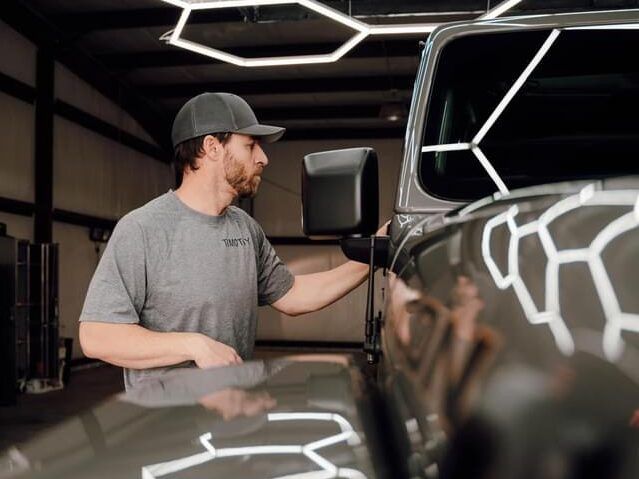Car Ceramic Coating For Optimal Performance
Table of Contents
Automotive ceramic coatings are a cutting-edge technology designed to provide superior protection and performance for vehicles. They offer long-term resistance to environmental factors such as UV rays, chemical attacks, salt spray, and other contaminants. In addition, these coatings provide improved glossiness and color retention for cars that have been subjected to harsh weather conditions. This article will discuss the importance of maintaining your car’s ceramic coating in order to ensure optimal performance over time.
The first step in preserving your vehicle’s ceramic coating is to regularly clean it with a mild soap or detergent solution. It is important not to use any abrasive cleaners on the surface of the coating, as they could damage it permanently. Additionally, waxing should be avoided because it can strip away the protective layer of the ceramic coating. Instead, opt for a specialized cleaner specifically designed for automotive coatings which contains ingredients that help maintain its hydrophobicity properties and durability.
Finally, applying additional coats of ceramic coating periodically can also improve longevity and preserve its protective qualities over time. When reapplying new layers of this product, make sure they are properly cured according to manufacturer instructions before exposing them to water or sunlight. By following these steps diligently you can extend the life of your car’s ceramic coating significantly so that it continues providing excellent results throughout its lifetime.
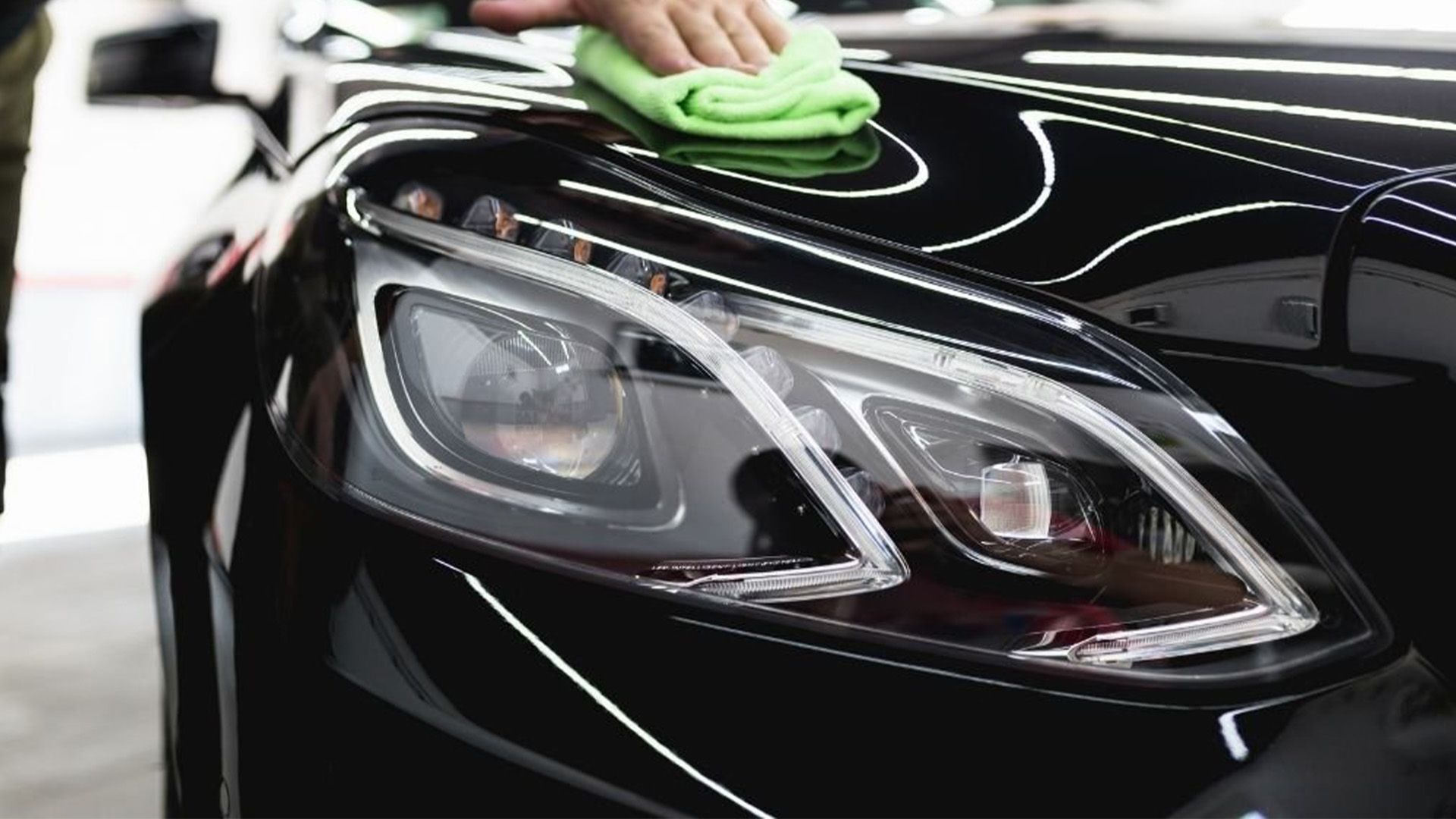
Understanding The Curing Process Of A Ceramic Coating
The car ceramic coating maintenance process involves understanding its curing process. The curing process refers to the chemical reaction that takes place after a ceramic coating has been applied and exposed to oxygen in order for it to harden and form an effective protective barrier on the vehicle’s surface. In this process, polymers in the solution break apart and then reattach themselves together again as they react with air particles around them. This is what creates the strong bond between the ceramic coating material and the paint job of your car.
During this period, it is important to protect your newly-applied car ceramic coating from any external factors such as dust or water droplets that may interfere with the curing process. It should be done by keeping your car away from direct sunlight exposure, storing it indoors when possible, and regularly cleaning off debris like dirt or bird droppings immediately so that these contaminants do not affect the curing time of your new coating layer. Additionally, if you have just washed or waxed your car before applying a ceramic coating, make sure all residue are removed thoroughly before allowing the coat to cure properly. With proper protection during this stage, you can ensure optimal performance of your new car ceramic coating over an extended period of time.
What To Avoid During The Curing Period
The curing period of a car ceramic coating is a crucial time for the optimal performance of your vehicle. It is important to be aware of what should and should not be done during this period in order to maximize the durability and effectiveness of the coating.
When avoiding certain activities during the curing process, it is essential to bear in mind that most types of damage can occur as a result of contact with external elements such as water, acid rain or UV rays. Additionally, improper maintenance practices must also be avoided including washing with harsh chemicals or abrasive materials, frequent buffing or polishing, and application of waxes or sealants. These actions may reduce the lifespan and quality of the ceramic coating by causing premature oxidation on its surface. Thus, ensuring regular cleaning and maintenance with gentle products specifically designed for ceramic coatings will help preserve them longer.
In order to maintain an optimal level of performance from a car ceramic coating, it is recommended to develop a regular maintenance schedule which includes handwashing without any detergents, drying off completely after being exposed to water sources like rain showers and using protective agents against environmental contaminants when necessary. By following these tips you can ensure that your car’s ceramic coating remains intact throughout its lifetime while providing maximum protection at all times.
How To Protect The Coating During The Curing Period
Protecting the ceramic coating during curing is an important step in maintaining optimal performance. It requires proper cleaning and care with recommended products, as well as avoiding activities that may cause damage to the coating. Cleaning products such as pH-neutral soaps are recommended for washing away dirt buildup on the car’s exterior surface after a ceramic coating installation. Additionally, wax-based cleaners should be avoided since they can strip off the protective layer of the ceramic coating.
In case there has been any damage to the coating, it is advised to seek professional help in order to restore its condition quickly and efficiently instead of attempting repairs by oneself. Professional services will also provide guidance on how best to maintain the ceramic coating according to one’s usage patterns over time. Commonly asked questions about taking care of car ceramic coatings include what materials are safe to use while wiping down surfaces, how often should maintenance take place, and how long does a single application last? Knowing these answers can help ensure longevity of your car ceramic coating and keep it performing optimally.
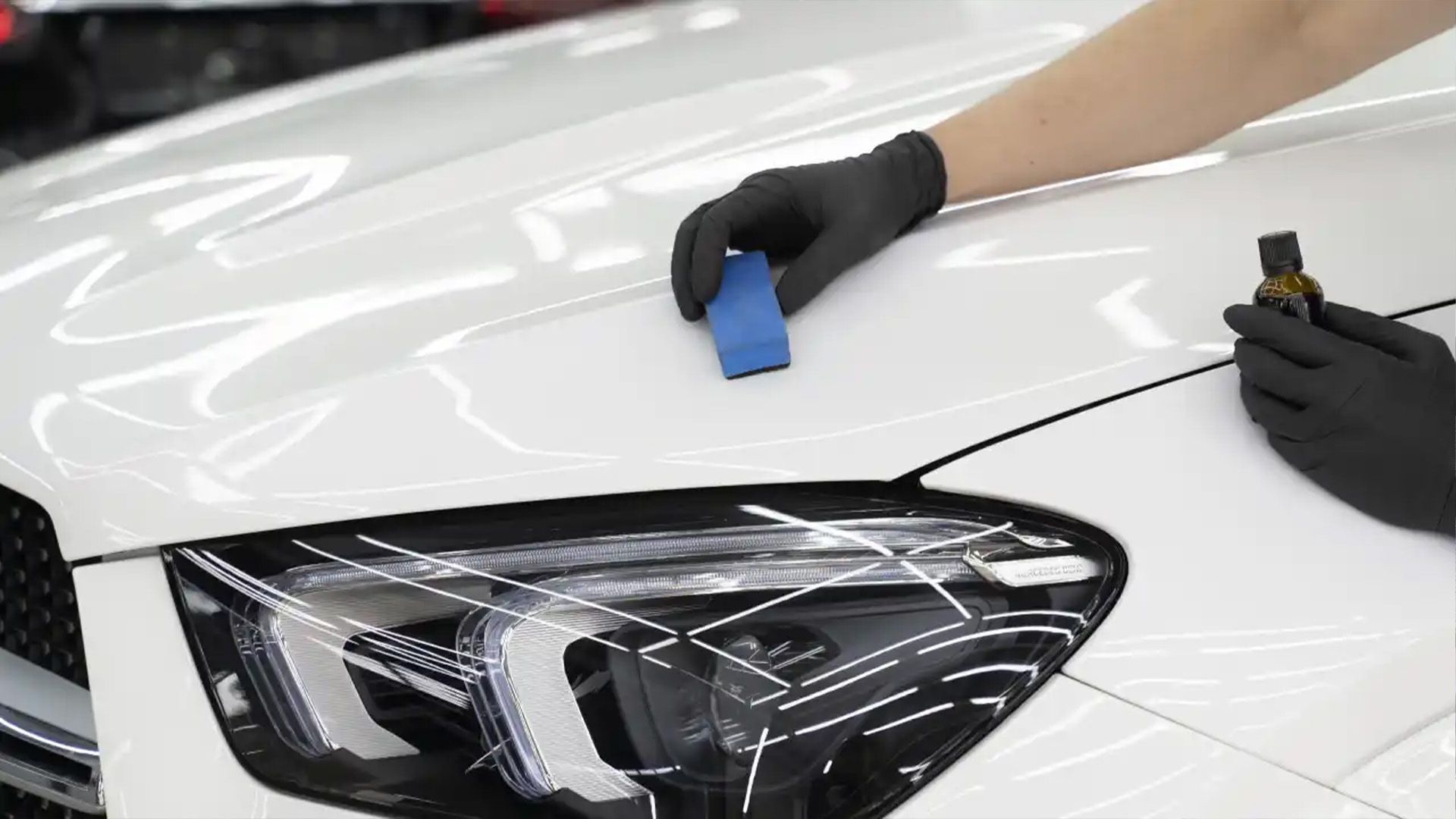
Proper Cleaning And Maintenance Techniques
The key to properly maintaining a car ceramic coating is regular cleaning and maintenance. It is important to identify and remove any contamination or stains that may have accumulated on the surface in order to keep it looking its best. A good wash with a high-quality soap will help remove any dirt, dust or other contaminants from the vehicle’s exterior. Afterward, use a soft cloth and an appropriate cleaner designed for ceramic coatings – such as one containing wax – to gently polish away deeper layers of grime.
It is also important to fix minor damage on the ceramic coating when necessary. This can be done by using a clay bar, which should be accompanied by a lubricant product such as quick detailer spray. When rubbing down the surface with the clay bar, take care not to apply too much pressure so that you do not scratch or otherwise damage the finish underneath. Once this process has been completed, sealants or paint protection products can be applied to ensure maximum longevity of your car ceramic coating’s performance.
Recommended Cleaning Products
When it comes to the proper cleaning and maintenance of car ceramic coatings, one of the most common questions is what types of products are recommended for optimal performance. When maintaining your car’s ceramic coating for optimal performance, there are several cleaning products that should be considered. These include pH-neutral shampoo specifically formulated for ceramic coated cars, a dedicated wheel cleaner, microfiber towels, nonabrasive cloths or sponges, and soft brushes.
It is also important to use these products in accordance with the manufacturer’s instructions when performing regular cleaning and maintenance on your car’s ceramic coating. Using too much pressure or incorrect product combinations can cause damage to the surface of the coating. Additionally, harsh chemicals such as acetone or paint strippers should never be used on any type of car coating – even those not made of ceramic materials. Taking these steps will ensure that you maintain your vehicle’s ceramic coating for optimal performance over time.
How To Remove Contamination And Stains
Removing contamination and stains from a car ceramic coating is essential in order to maintain optimal performance. Proper cleaning techniques are necessary for successful removal of contaminants, such as dust, dirt, grease and bird droppings. In general, the best way to remove these types of substances is by using pH-balanced cleaners specifically designed for use with ceramic coatings. Additionally, it may be beneficial to utilize soft brushes or microfiber cloths when removing stubborn grime or other difficult-to-remove materials.
It is important to note that improper cleaning can damage surface finishes on car ceramic coatings. Therefore, it is recommended that users avoid abrasive cleaning materials and methods when attempting to remove any type of stain or contamination from their vehicle’s exterior surfaces. Additionally, contactless washing systems should be used if available; this helps reduce the risk of scratches and swirl marks caused by manual washing processes. Cleaning solutions must also be applied evenly across all areas covered by the ceramic coating in order to ensure full coverage and an even finish. By following these guidelines, drivers can help protect their vehicles’ coatings and achieve long lasting optimal performance for their car ceramic coating investment.
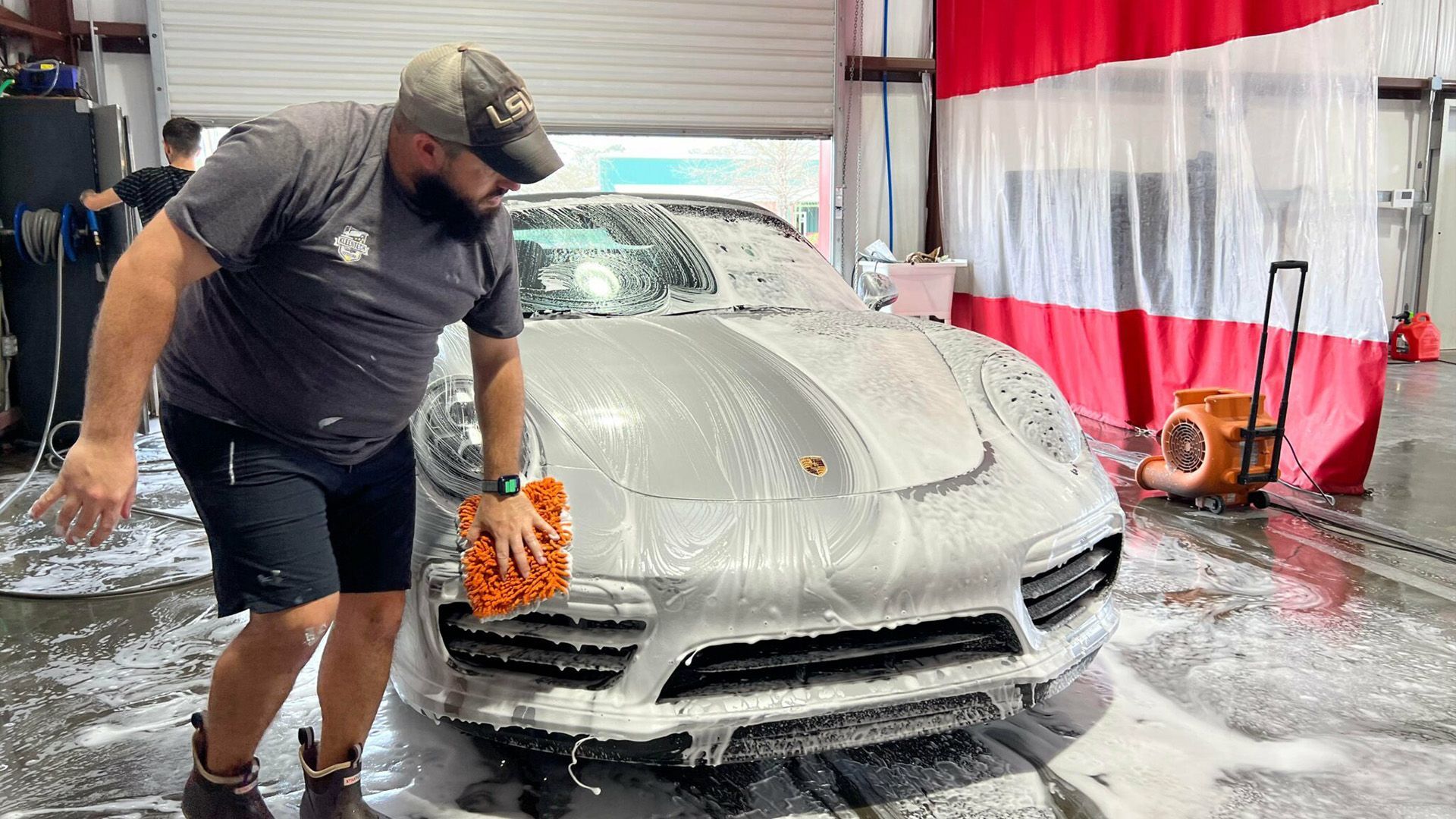
Regular Maintenance Schedule
The regular maintenance schedule for car ceramic coating is an important factor in ensuring optimal performance. The upkeep of the coating should be done at least every six months or according to manufacturer instructions, as this will help extend the life and protection of the surface. This can include washing with a non-abrasive cleaner, polishing to remove any minor scratches, waxing to enhance the gloss and shine, and sealing if necessary. Additionally, it may also involve regularly checking for contamination such as dirt and debris buildup that could damage the paintwork over time.
At times when there are more severe contaminations on the surface like water spots or bird droppings, specialized cleaners specifically designed for ceramic coatings must be used alongside proper techniques to ensure they do not cause any further damage. Following these steps consistently ensures that your car’s ceramic coating remains effective in protecting against UV rays, environmental contaminants, and other external elements while maintaining its overall appearance. Proper care will maximize its properties and longevity so you can continue enjoying optimum performance from your vehicle’s exterior finish.
Identifying And Fixing Damage To The Ceramic Coating
Maintaining a car’s ceramic coating is an important part of ensuring optimal performance. Identifying and fixing damage to the ceramic coating should be part of any regular maintenance schedule. In this way, it can help avoid more costly repairs in future.
Damage to the ceramic coating may not always be easy to identify, but there are some indicators that may indicate potential problems. These include discoloration or fading; chipping or cracking; bubbling or flaking off; and increased susceptibility to scratches and abrasions. It is also possible for dirt and debris to accumulate under the coating, making it even harder to detect issues with the ceramic layer itself. If any of these signs are noticed, then immediate attention should be given so as to prevent further deterioration.
Repairs at home may be possible depending on the type and severity of the issue, though professional services will usually provide a better outcome due to their expertise in dealing with delicate components like ceramic coatings. The right products must also be used when doing repairs – using anything other than specifically designed repair kits could cause further damage rather than fix existing issues. Following these steps helps ensure that your car’s ceramic coating remains in good condition over time and continues providing optimal performance.
Types Of Damage And Their CauseS
The ceramic coating on a car provides protection against environmental contaminants, dirt and oil that can damage the paint. This layer of protection is not indestructible, however; it is susceptible to certain types of damage due to external factors or improper maintenance. In order to maintain optimal performance from your vehicle’s ceramic coating, it is important to understand what types of damage may occur and their causes.
There are four common types of damage that can affect the ceramic coating: scratches, chips, fading and cracking. Scratches often occur when debris such as gravel or sand comes into contact with the coating at high speed. Chips may be caused by an impact from a hard object like a rock hitting the surface directly – these will appear as small pits in the coating. Fading occurs when ultraviolet light breaks down polymers in the protective layer over time, resulting in discoloration and dullness. Finally, cracks develop when there is excessive flexing from temperature changes or pressure applied during washing.
It is possible to protect the ceramic coating from most forms of damage if you practice proper maintenance techniques and regularly inspect for signs of wear or stress points. Regular waxing can help prevent UV degradation while using soft microfiber cloths instead of brushes during cleaning prevents scratching and chipping. Knowing how to identify potential sources of damage allows you to take actions towards preventing them before they become permanent features on your vehicle’s finish
How To Fix Minor Damage
When it comes to maintaining optimal performance for a car ceramic coating, fixing minor damage is essential. This can range from light scratches and swirl marks in the paintwork to bird droppings or bug remains. Depending on the type of damage, some solutions may be more suitable than others; however, there are several methods that can be employed to repair these forms of surface deterioration.
For less severe types of damage such as fine scratches and swirls, polishing and waxing can help restore the original shine and look of the paintwork. Polishes contain abrasive particles which remove a microscopic layer of topcoat along with any dirt or contaminants present. Waxes then create a protective barrier on top of this newly polished substrate ensuring long-term protection against future environmental damages. Additionally, clay bars have become increasingly popular due to their ability to safely remove contamination from the surface without scratching the underlying finish. It should also be noted that when using any method for restoring your car’s exterior appearance, always ensure that quality products are used and appropriate safety measures are taken.
In addition to physical repairs, regular maintenance practices must not be neglected either – depending on its use and local weather conditions, weekly cleaning with a pH neutral cleaner followed by application of an effective sealant will keep your ceramic coating performing at its best over time. The frequency of reapplication depends largely on how often you drive your vehicle but every 6 months is recommended as a minimum in order to maintain good condition overall. Ultimately, taking proactive steps towards preserving your car’s ceramic coating will go a long way in helping it retain its performance capability over time.
When To Seek Professional Help
Maintaining ceramic coating on a car can be an important part of keeping it in optimal performance. While minor damage may arise, knowing when to seek professional help is essential for ensuring the best possible results.
To start, identifying signs that indicate a need for professional assistance is key. If there are any indications of deep scratches or chips, this could potentially result in more long-term issues if not addressed quickly. In addition, small swirl marks and stains should also be assessed by a professional as soon as they appear.
It is important to note that trying to fix major damages yourself can lead to further complications down the road due to lack of experience or unfamiliarity with the product used. Therefore, seeking out experienced professionals who have access to quality products will ensure better end results than attempting DIY repairs without proper knowledge or equipment.
Conclusion
A ceramic coating is a great way to protect and enhance the appearance of your car. It can last for years if properly maintained, but it requires regular cleaning and careful attention. With proper care and maintenance, you can keep your car looking shiny and new for longer.
When applying a ceramic coating, it is important to follow the manufacturer’s instructions carefully in order to achieve optimal results. Additionally, regularly washing your vehicle with a mild soap will help maintain the shine of the coating, as well as removing any dirt or debris that has accumulated on its surface. For best results, use products specifically designed for ceramic coatings which are gentler on the finish than traditional waxes or polishes.
Overall, maintaining a ceramic coating involves frequent cleanings and occasional touch-ups in order to ensure its longevity and effectiveness. Taking time to learn about how to care for your car’s ceramic coating will result in increased protection against wear and tear while keeping your car looking brand new for longer periods of time.
FAQs
How often should I wash my car after applying ceramic coating?
It is recommended to wash your car every 2-4 weeks to maintain the ceramic coating’s integrity and optimal performance. Avoid using harsh chemicals and opt for a gentle, pH-neutral soap.
Can I apply wax or sealant over the ceramic coating?
No, it is not recommended to apply any additional wax or sealant over the ceramic coating as it may interfere with its durability and effectiveness.
Can I use a high-pressure washer to clean my car after applying ceramic coating?
No, high-pressure washers can damage the ceramic coating and affect its performance. It is best to wash your car using a gentle, low-pressure wash method.
How often do I need to wash my car after applying a ceramic coating?
It is recommended to wash your car once every two weeks to maintain the ceramic coating’s protection and shine. However, you should avoid washing your car in direct sunlight and using harsh chemicals or abrasive sponges that can damage the coating.
Can I use regular car soap or do I need a special cleaning solution for ceramic coatings?
It is best to use a special cleaning solution specifically designed for ceramic coatings. Regular car soap can contain harsh chemicals that can strip the coating of its protective properties.
Are there any specific maintenance steps I should take to ensure the longevity of the ceramic coating?
To ensure the longevity of the ceramic coating, it is important to follow these maintenance steps:
- Avoid washing your car in direct sunlight.
- Use a special cleaning solution specifically designed for ceramic coatings.
- Avoid using harsh chemicals or abrasive sponges that can damage the coating.Park your car in a garage or covered area to protect it from the elements.
- Regularly clean and reapply the ceramic coating to maintain its protective properties.
- Avoid using high-pressure washers, which can remove the coating.
